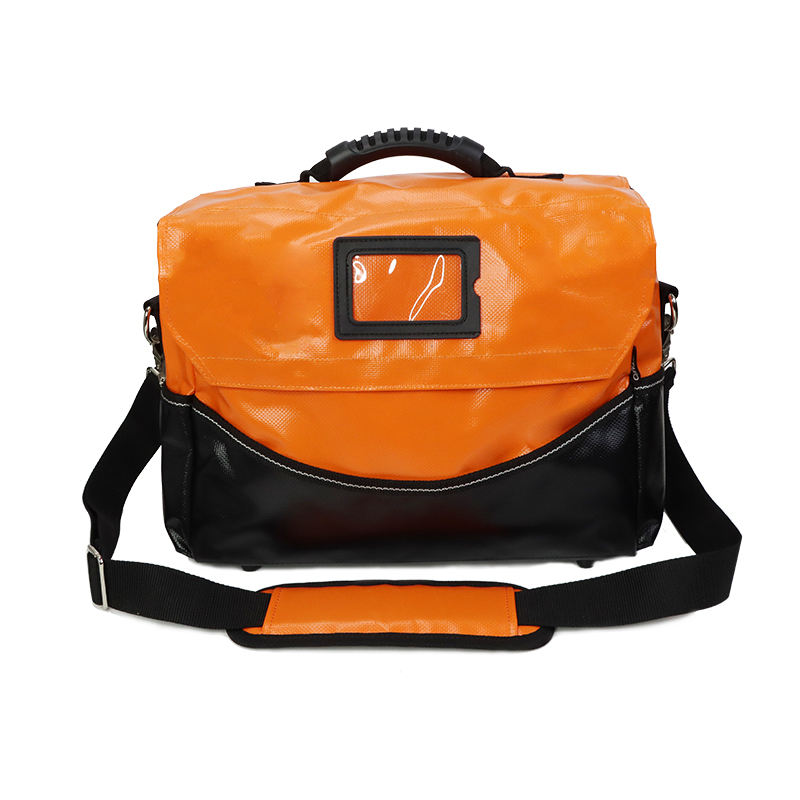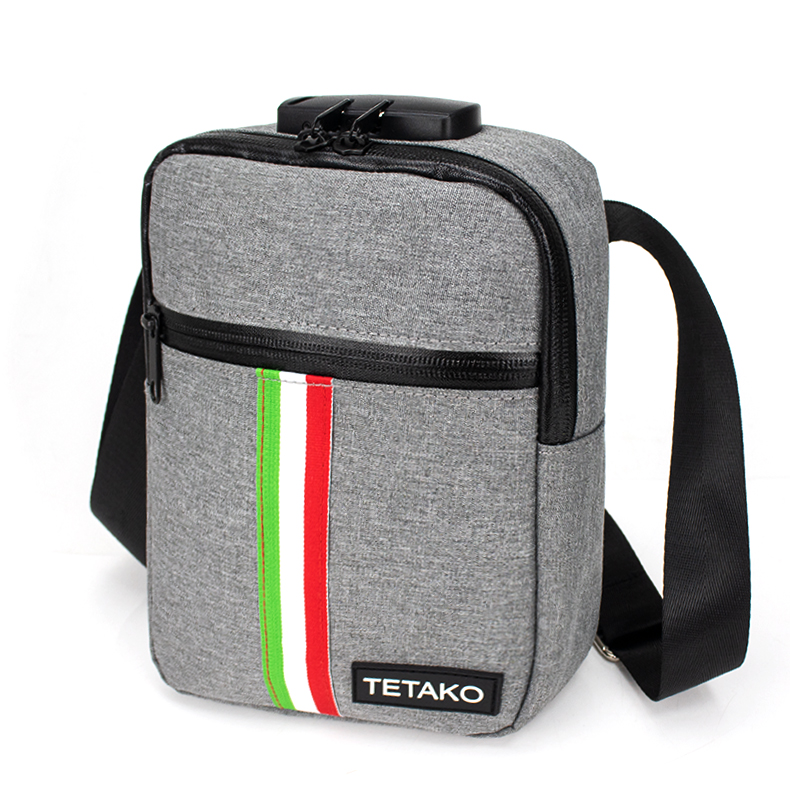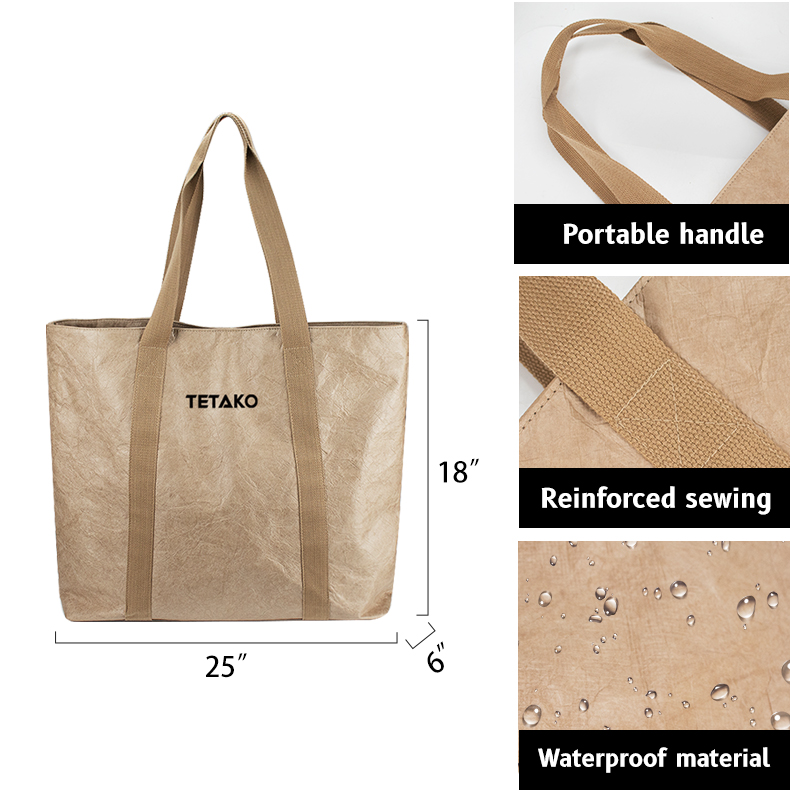What CE Marking Means for Cosmetic Accessories and Toiletry Bags
Toiletry bags must comply with:
-
General Product Safety Directive (GPSD): Ensuring no physical or chemical risks during normal use
-
REACH Regulation: Restricting 224 hazardous substances in materials
Manufacturers must verify components like zippers and linings meet chemical migration limits, such as PVC materials requiring DEHP plasticizer testing (restricted to 0.1% under REACH Annex XVII).
Regulatory Scope: How CE Compliance Applies to Makeup and Cosmetic Bags
Allwin's Approach to Regulatory Compliance in Makeup Bag Manufacturing
Integrating Compliance into Product Design from the Ground Up

Manufacturers implement safety protocols during prototyping, prioritizing:
- REACH-compliant materials (restricted substances <0.1% weight)
- Updated mechanical testing for foldable bags (10,000 open/close cycle durability)
Ensuring Market Access Through Robust Regulatory Frameworks
With 32% of non-compliant accessories removed from market (2023 EU Commission review), successful manufacturers:
- Implement digital traceability systems
- Conduct post-market surveillance
- Adapt quickly to new restrictions (e.g., 2024 PFAS ban)
Case Study: CE Certification Journey for a Bestselling Makeup Bag Line
Design Phase: Building Compliance into the Product Architecture
- REACH-compliant fabrics selection
- 10,000+ cycle durability testing
- Digital prototyping to pre-empt flaws
Testing and Documentation: Meeting EU Safety Requirements
Third-party tests included:
- Material migration
- 15kg load capacity
- Antimicrobial lining checks
Market Launch and Post-Market Surveillance Outcomes
Results included:
- 34% Q1 sales growth
- 98.2% spot-check pass rate
- IoT-enabled batch tracking
Customer Feedback Driving Continuous Improvement
Adjustments included:
- Humidity testing protocols
- Eco-friendly material investment (92% satisfaction with durability)
FAQ
What is CE marking and why is it important for toiletry bags?
CE marking is a certification that indicates products sold in the EU have met EU safety, health, and environmental protection requirements. For toiletry bags, it ensures compliance with standards like the General Product Safety Directive and REACH regulations.
What materials must comply with CE regulations for toiletry bags?
Materials such as zippers and linings must meet chemical migration limits, with testing required for substances like DEHP plasticizers.
What are the consequences of non-compliance with CE regulations?
Non-compliance can lead to fines up to 4% of annual revenue, market removal of products, and loss of consumer trust.








 Hot News
Hot News